Choosing red clay means following in Cleopatra's footsteps. The Queen of Egypt is said to have used it for her skin care balms. Made fromilliteRed clay is particularly rich in iron oxide and trace elements, making it the 'healthy glow' clay par excellence. Red clay also has the property ofimprove blood microcirculation. Its benefits. Cleansing, purifying and invigoratingRed clay is used on the skin as on the hair. In all cases, it will eliminate impurities and restore radiance. Benefits of red clay for the skin. Use as mask once a week or in poulticeRed clay restores radiance to all skin types, but it is particularly recommended for the following skin types normal, sensitive and redness-prone skin or couperose. A bath Clay will also purify, remineralise and soften the skin: dilute one sachet (200 g) in your bath water and relax in it for around twenty minutes, then rinse off. Benefits of red clay for the hair. On the hair, red clay absorbs excess sebum, removes impurities and purifies the scalp. The colour is intended for brown and red hairIt will make your hair more supple and shiny, while adding volume. Red clay can be used to hair mask, Simply dilute in a little mineral water. Three recipes for homemade masks using red clay Red clay radiance mask. For a revived complexion: Mix 1 tablespoon red clay with 3 drops of jojoba (or argan) oil and mineral water, until you obtain a homogeneous paste. Another possible recipe is based on 2 tablespoons of red clay and geranium bourbon hydrosol. Apply to the face and leave on for 15 minutes before rinsing thoroughly. Red clay hair mask. For dry hair: Dilute 4 teaspoons red clay in a little spring water, then add 2 drops of peppermint essential oil, 2 more drops of ylang ylang essential oil and more rosemary essential oil. Apply directly to the scalp, massaging gently, and leave on for 30 minutes before rinsing thoroughly. Revitalising mask. For sensitive skin: Prepare a homogeneous paste with 30 g of red clay, 3 tablespoons of’rose water, Combine 1 teaspoon of jojoba powder, 2 drops of rose essential oil, 2 drops of chamomile essential oil and a little mineral water. Apply to the face and leave on for fifteen minutes. Spray on a little water or floral water if the clay dries out too much. Risks, precautions and contraindications of red clay. Externally, red clay has no particular contraindications. Simply avoid using plastic, iron or oxidisable metal utensils for your preparations. Storage instructions. If possible, red clay should be stored in its original packaging, away from air, light and moisture. Close the pack tightly after use. There is no expiry date.
Red clay
From 6,50 €
Suitable for normal, sensitive or irritated skin, red clay restores radiance to the face while purifying the epidermis. It is also useful on the hair. It is just as useful on the hair. Red clay is used on the face and neck. skin as on the hair. Red clay for hair absorbs excess sebum, removes impurities and purifies the scalp. The colour is intended for brown and red hairIt will make your hair more supple and shiny, while adding volume. Red clay can be used to hair mask, simply diluted in a little mineral water.
| Weight | N/A |
|---|---|
| Packaging | 100 g, 200 g |
Only logged in customers who have purchased this product may leave a review.
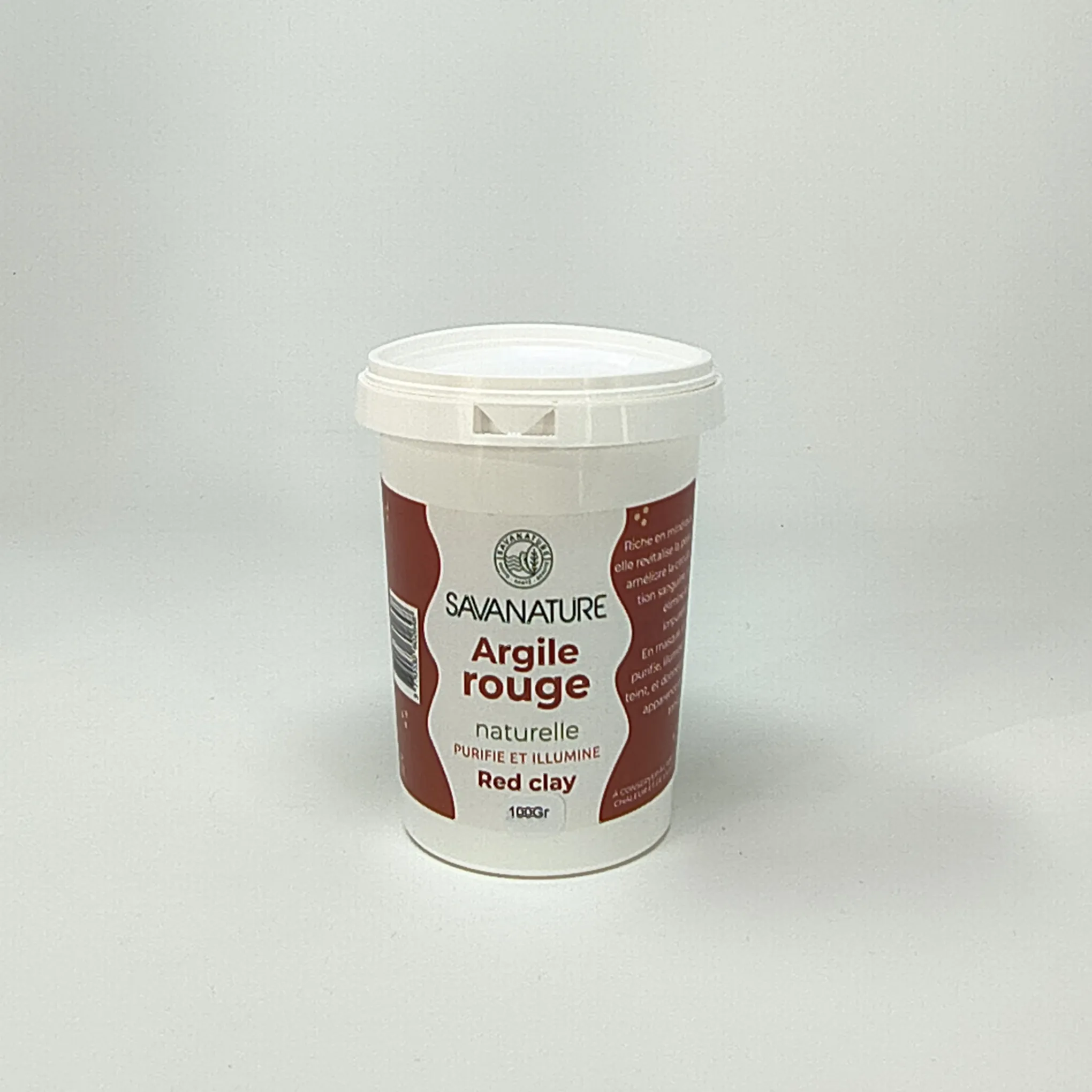
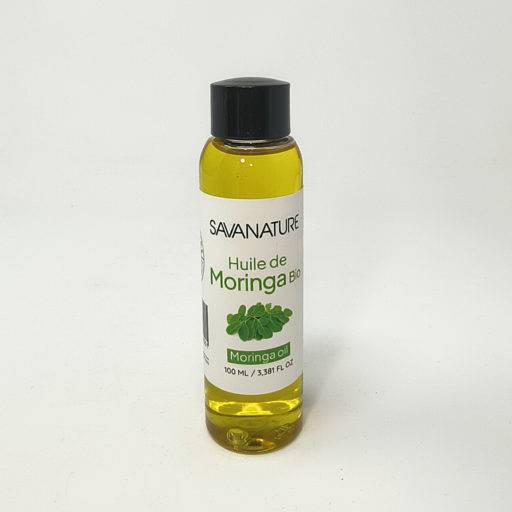

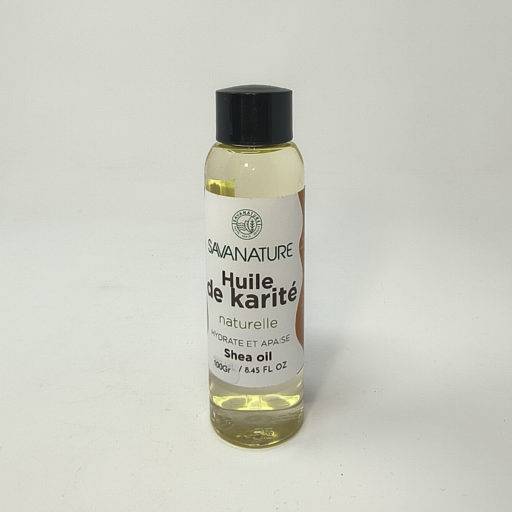
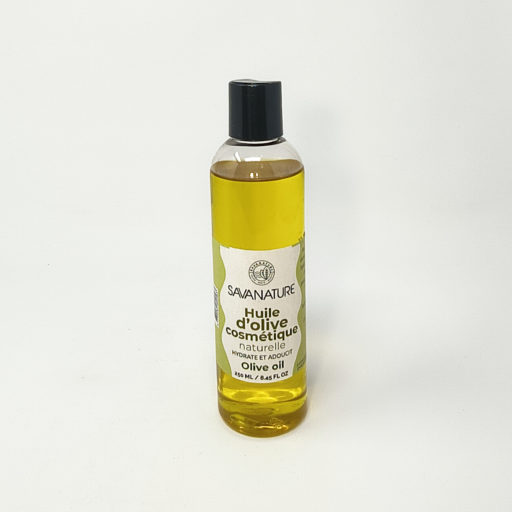
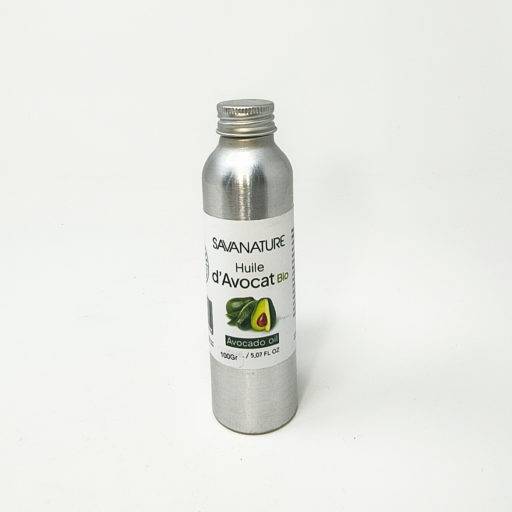

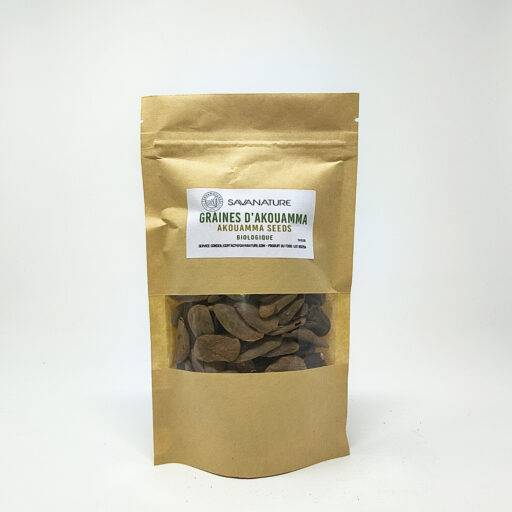

Reviews
There are no reviews yet.